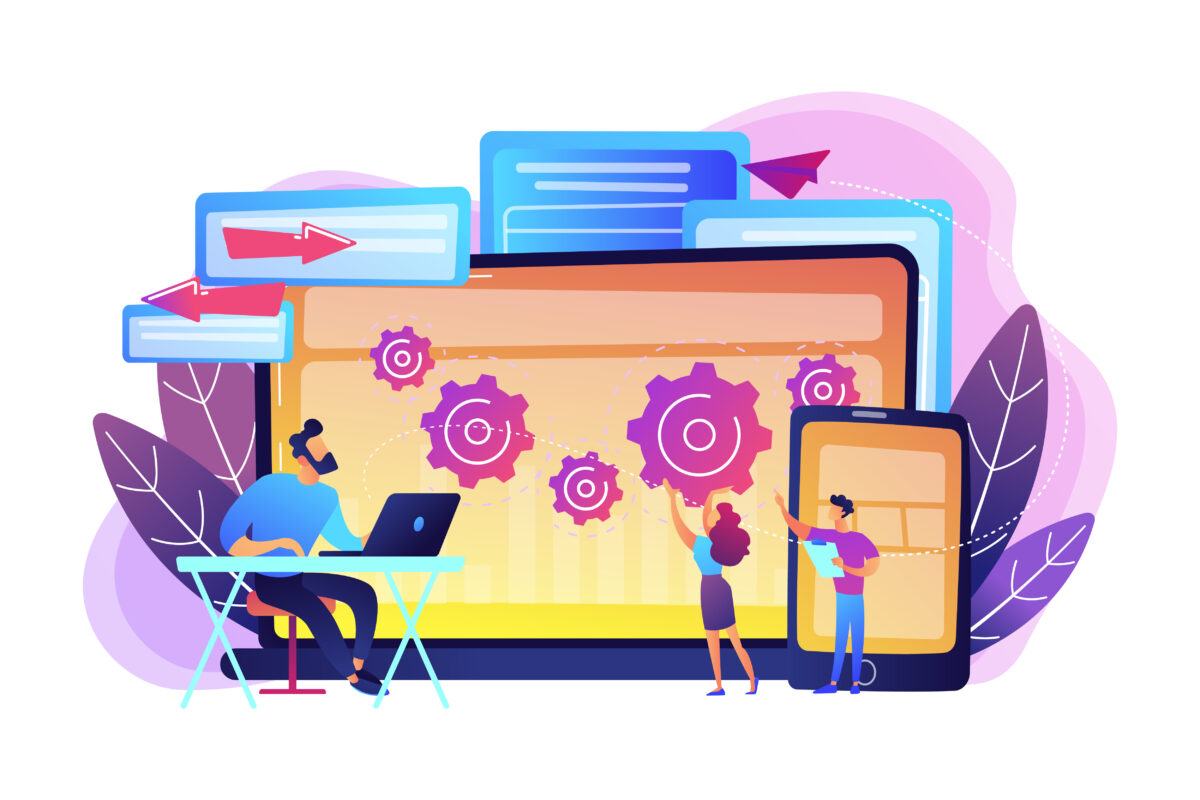In the digital landscape, the terms “website” and “web app” are often used interchangeably, but they represent distinct concepts with unique characteristics and use cases. Understanding the differences between websites and web apps is crucial for making informed decisions about your online presence. In this article, we’ll explore the distinctions between websites and web apps, and discuss when each option is the best fit for your needs.
Websites:
A website is a collection of interconnected web pages that are typically designed to provide information, content, and resources to visitors. Websites are primarily static, meaning their content remains relatively constant and doesn’t change frequently. Here are some key features of websites:
1. Content-Centric: Websites are designed to display content to users, such as text, images, videos, and links. They’re commonly used for blogs, news portals, informational pages, and company profiles.
2. Navigation-Oriented: Websites emphasize navigation to allow users to easily move between pages and access the desired information. Navigation menus, headers, and footers are common components.
3. Limited Interactivity: While websites can include basic interactive elements like forms and buttons, their focus is on presenting content rather than complex user interactions.
4. Minimal Data Processing: Websites don’t involve extensive data processing or calculations on the client side. Server-side scripting is used to generate and serve pages to users.
5. Examples: Blogs, news websites, company websites, portfolio sites.
Web Apps:
A web app, short for web application, is a dynamic and interactive software application accessible through a web browser. Web apps provide a richer user experience and functionality beyond what traditional websites offer. Here are the distinguishing features of web apps:
1. Functionality-Centric: Web apps are built to perform specific functions or tasks, often replicating the functionality of traditional desktop or mobile applications.
2. Complex Interactivity: Web apps offer advanced user interactions, including real-time updates, data manipulation, and personalized experiences. They can feature interactive dashboards, collaborative tools, and multimedia content.
3. Data-Driven: Web apps rely on databases and server-side processing to manage and process user data. This allows for dynamic content generation and customization.
4. Responsive Design: Web apps are designed to be responsive across various devices and screen sizes, ensuring a consistent user experience on desktops, tablets, and smartphones.
5. Examples: Online banking systems, project management tools, e-commerce platforms, social media networks.
Choosing Between a Website and a Web App:
The decision to create a website or a web app depends on your specific goals, requirements, and the experience you want to offer to your users.
Choose a Website When:
- You need to present information or content to your audience.
- Your primary goal is to provide static information, like company details or news articles.
- You don’t require advanced interactivity or complex functionality.
- Your focus is on search engine optimization (SEO) and content discoverability.
Choose a Web App When:
- You want to deliver interactive and dynamic user experiences.
- Your project requires complex functionality, real-time updates, and data processing.
- Users need to perform specific tasks or use your application to achieve goals.
- You want to offer a personalized experience based on user interactions and preferences.
In some cases, a hybrid approach is also possible, where you start with a website to establish an online presence and later introduce web app features to enhance user engagement.
Conclusion:
Websites and web apps serve different purposes and cater to distinct user needs. Websites are ideal for sharing information and static content, while web apps provide advanced functionality, interactivity, and data-driven experiences. Understanding the differences between these two concepts will guide you in making the right choice for your digital project, ensuring that you deliver a seamless and engaging online experience to your users.

